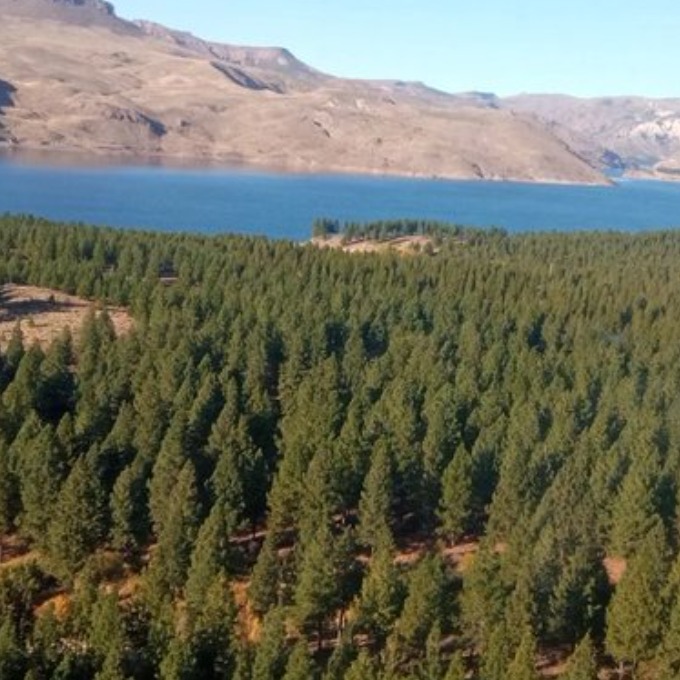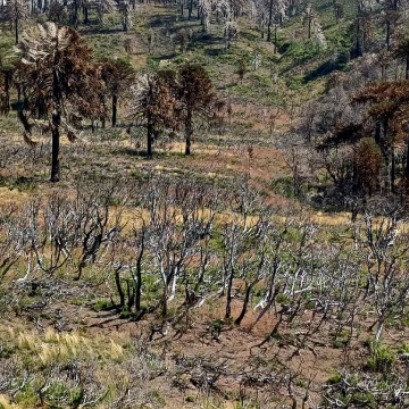
Experts in Forest Health of the South Cone will issue an update course on pests and diseases in plantations and collaborative strategies in the region
The 4 -day meeting, with workshops, talks and field days is organized by the Southern Cone Forestry Group (GSFCS). The event will bring together experts from Chile, Brazil, Uruguay and Argentina and is intended for agronomist and forestry engineers, biologists, private and public technicians, and all interested in the problem. They seek to address from the prevention and health control of forest resources, focusing on the exchange of information for risk management and management strategies at different scales.
From December 9 to 12, the city of Paysand˙, Uruguay, will be the scene of a pertinent course of ?Update in Forest Health?, which will bring together professionals in Agronomy and Forest Sciences, researchers, technicians from the public and private sphere, and students of the sector linked to forest heal America, with emphasis on risk prevention, management and management. GSFCS, composed of experts from Argentina, Brazil, Chile and Uruguay, promotes regional collaboration for diagnosis, early detection and development of joint strategies against pests and diseases that They affect both commercial and native and urban forests. This collaborative approach is considered key to the sustainable management of forest resources in the region. The course will offer practical tools for the identification and management of the main health problems, as well as a conceptual basis for understanding the population dynamics of agents that cause damage In the forest mass. In addition, interactive workshops will be held that will allow participants to discuss relevant study cases and explore specific actions for each situation
IT MAY INTEREST YOU
 They promote research in pine resins from the NEA
They promote research in pine resins from the NEA
The forestry industry is one of the most important sectors in the economies of Misiones and Corrientes. Thousands of hectares of pine supply the paper, pulp, boards and sawmill industry. Pinus elliottii, one of the species established in the region, in addition to providing wood, is used to produce resin, a non-wood forest product with high demand in the chemical, pharmaceutical and cosmetic industries. In 2\024, resin extraction of approximately 52,6\0\0 tons was achieved from approximately 18,\0\0\0,\0\0\0 trees in production, generating income and jobs with high expansion potential.
 The second largest wetland in South America is located in Argentina: what is it?
The second largest wetland in South America is located in Argentina: what is it?
Argentina has national parks that place it in a unique position within South America, competing with 300 others. Which is the largest? South America is home to more than 300 national parks, but many go unnoticed. There are extensive wetlands that have been the subject of major ecological restoration projects, to coastal mountains with deep indigenous heritage. Today we tell you the case of one located in Argentina.
 Specialists from 10 provinces develop forest landscape restoration strategies throughout the country
Specialists from 10 provinces develop forest landscape restoration strategies throughout the country
The program is developed by researchers from INTA, Conicet and the Argentine Wildlife Foundation.





















